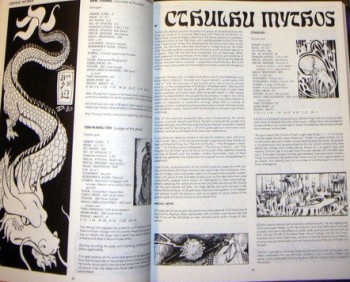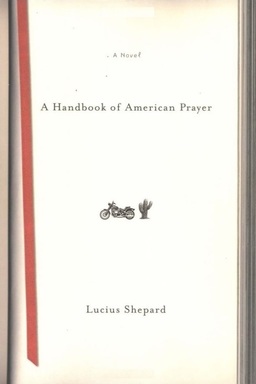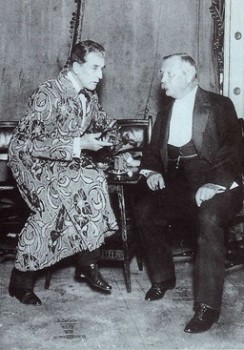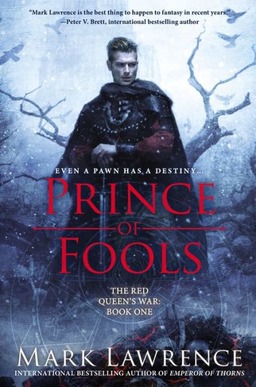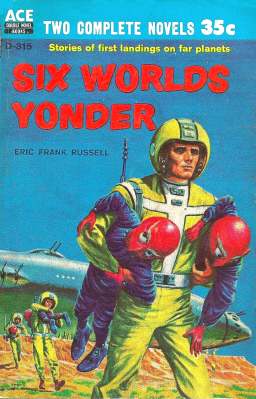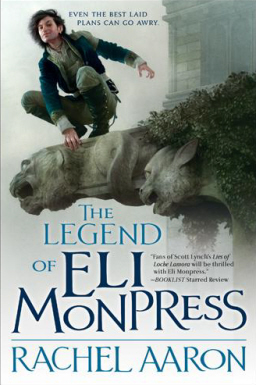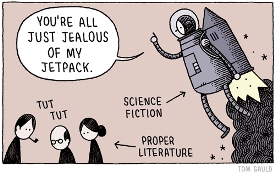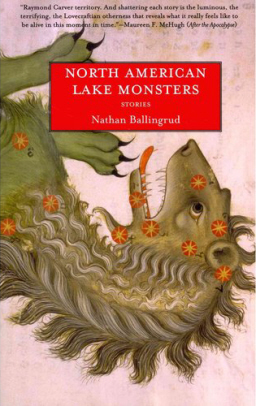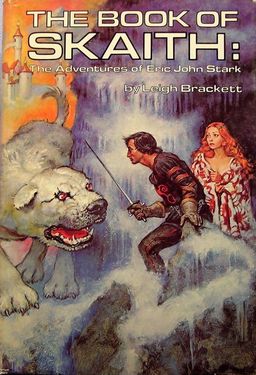New Treasures: Nebula Awards Showcase 2014, edited by Kij Johnson
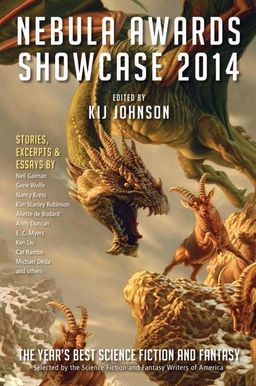 The first volume of the revered Nebula Awards anthologies was released nearly half a century ago, in 1966, and it’s been an annual event ever since. I really can’t think of a single anthology series that’s lasted even half as long.
The first volume of the revered Nebula Awards anthologies was released nearly half a century ago, in 1966, and it’s been an annual event ever since. I really can’t think of a single anthology series that’s lasted even half as long.
It’s no accident, either. Year after year these books, which gather Nebula Award-winning short fiction from the previous year — alongside additional nominees, excerpts from winning novels, author retrospectives and appreciations, and survey pieces — collectively form a record of the most acclaimed SF and fantasy our industry has produced for the last 49 years.
Want an example? Have a look at the Tables of Contents for the first three volumes, which contained such stories as “Repent, Harlequin!” Said the Ticktockman” by Harlan Ellison, “The Doors of His Face, the Lamps of His Mouth” by Roger Zelazny, “Light of Other Days” by Bob Shaw, “The Last Castle” by Jack Vance, “We Can Remember It for You Wholesale” by Philip K. Dick, “Aye, and Gomorrah…” by Samuel R. Delany, “Behold the Man” by Michael Moorcock, and “Gonna Roll the Bones” by Fritz Leiber.
It’s not just that those are some of the most famous SF tales ever written. It’s that the Nebula Awards — and these volumes — helped preserve and promote them and they’re likely the reason you know about these stories today.
All that begs the question: who’s in the latest volume? Who are the writers who will be remembered and acclaimed half a century from today?
